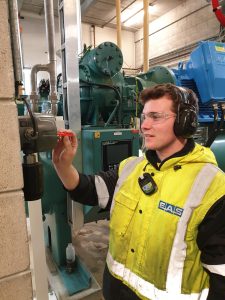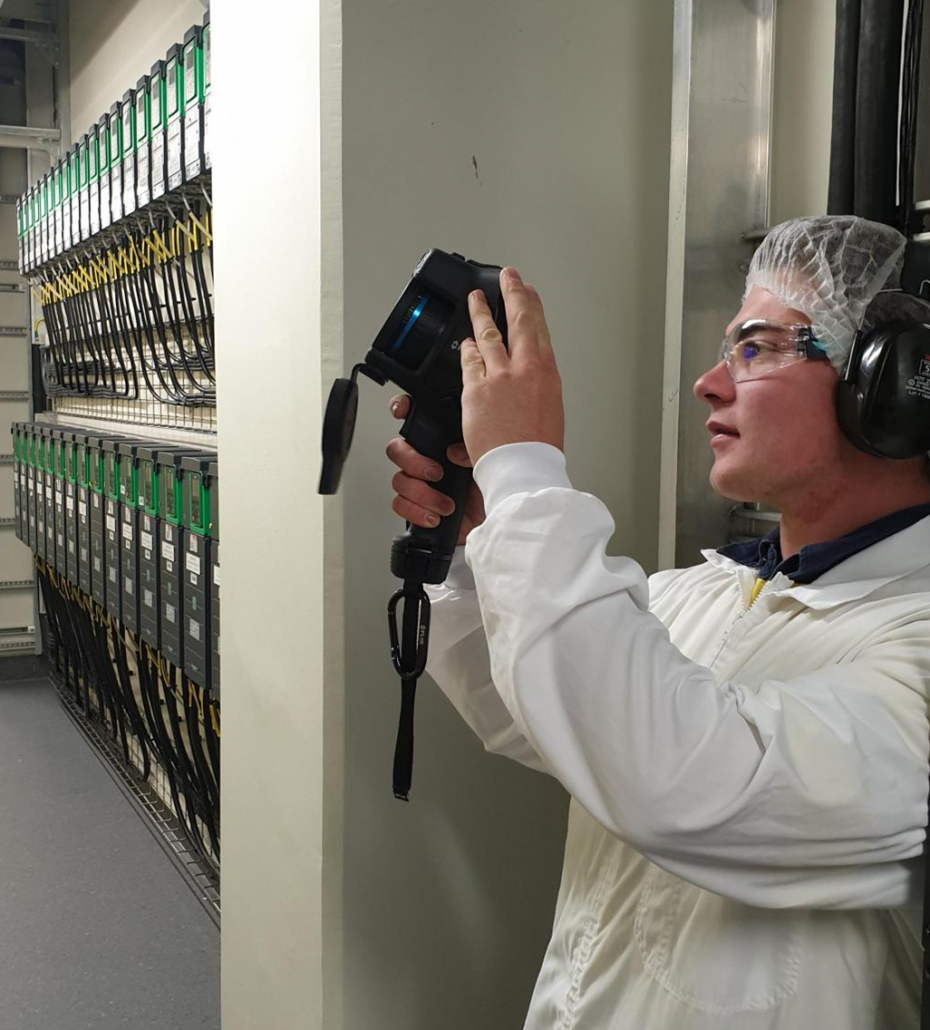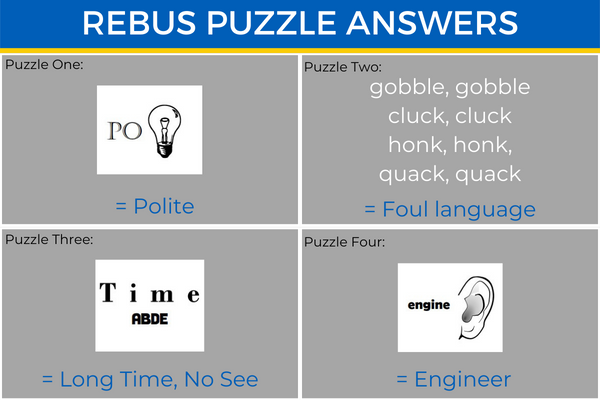Ammonia Detectors – Keeping your people & plant safe
Ammonia is widely utilised in industrial processes and refrigeration systems due to its cost-effectiveness and energy efficiency. It also boasts an environmentally friendly profile with an Ozone Depletion Potential (ODP) of 0 and a Global Warming Potential (GWP) of 0, making it a popular choice for industrial refrigeration.
While there are significant benefits to using ammonia, we must still remember it is a toxic gas capable of causing harm to both human health and the environment. In the event of a leak whether due to equipment malfunction, human error, or system failure; ammonia has the potential to cause serious health issues for your team including respiratory problems, eye irritation, skin burns, and in severe cases, even death. Additionally, ammonia concentrations between 16-25% can also pose an explosion risk.
due to equipment malfunction, human error, or system failure; ammonia has the potential to cause serious health issues for your team including respiratory problems, eye irritation, skin burns, and in severe cases, even death. Additionally, ammonia concentrations between 16-25% can also pose an explosion risk.
Fortunately, the risks associated with ammonia usage can be mitigated with the use of ammonia gas detectors. These detectors serve as an early warning system, alerting operators to the presence of ammonia gas before it reaches hazardous levels. This allows swift action to be taken, including isolating the source, activating ventilation systems, and implementing safety protocols to protect workers and prevent the situation from worsening.
Gas detectors can either be fixed or portable.
Fixed detectors are permanently installed onsite. They continuously monitor an area around the detector, typically a 5m radius. Fixed detectors work in a similar manner to fire and smoke alarms, where if gas levels reach a certain level, audio and visual alarms are triggered. More advanced installations may also be able to alert other monitoring systems or activate the shutdown of systems.
Portable gas detectors are designed to be carried or worn clipped to an item of clothing. They form part of a person’s PPE. They are designed to provide alarms to the wearer when target gas levels exceed safety limits.
Whichever form of gas detector you use, it is essential that they are regularly maintained and calibrated. The EAS team recommends six monthly calibrations of your ammonia sensors to ensure they maintain optimal functionality and reliable measurements.
If you’d like to find out more about gas detectors or set up a regular calibration plan, get in touch today on 07 834 0505.










